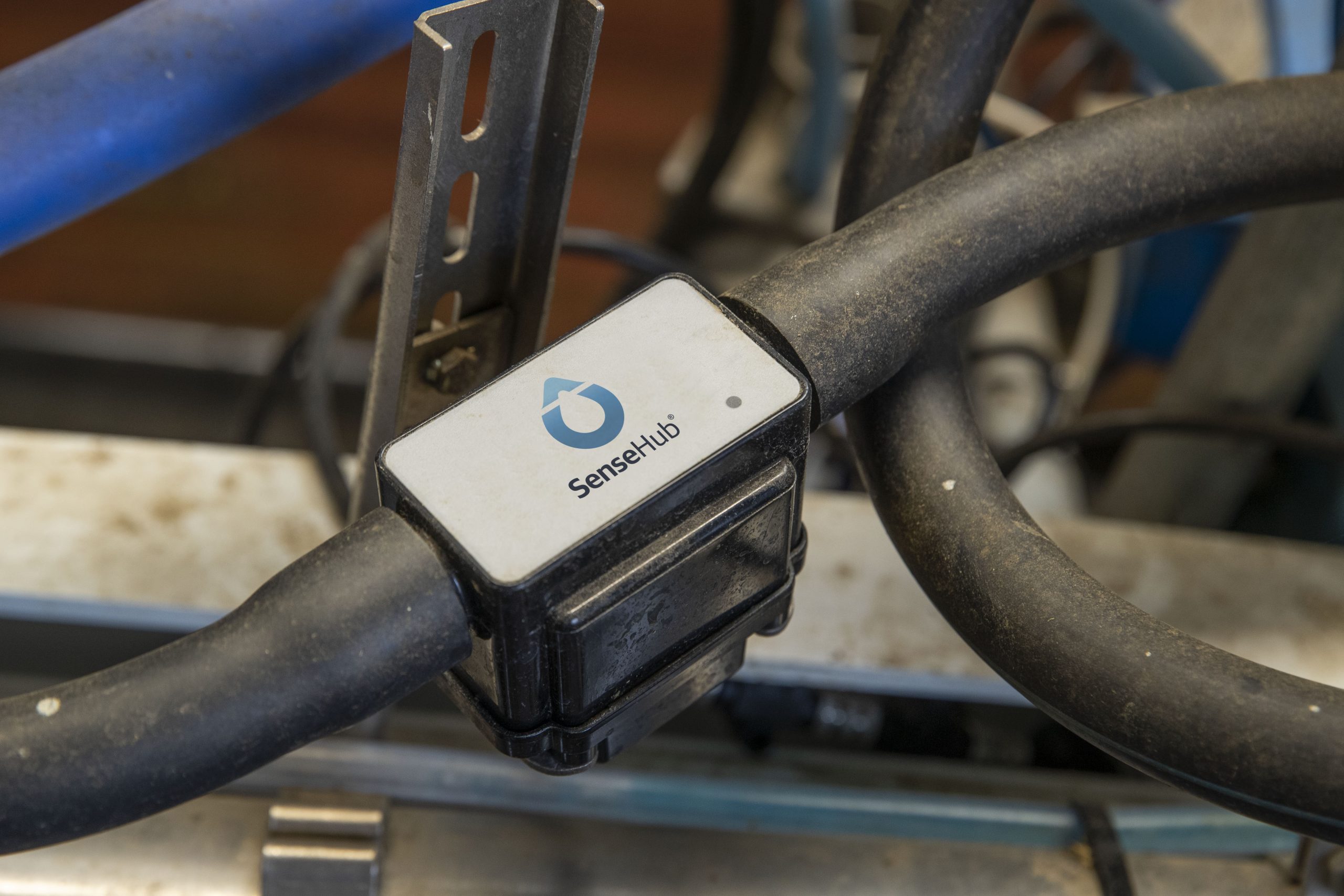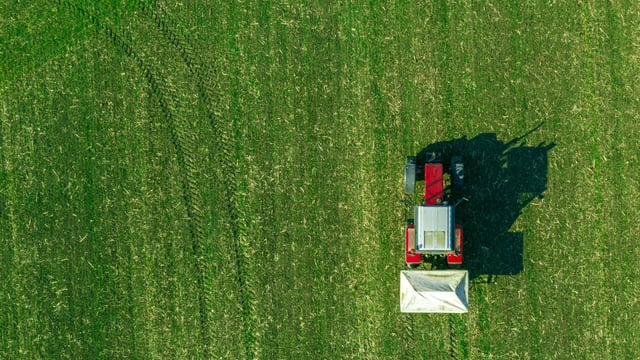Sponsored Article
Questions answered on SenseHub milk monitoring technology
Sponsored Article
For modern Irish dairy farmers, technology advancements can enhance productivity, animal welfare, and farm profitability.
MSD Animal Health’s SenseHub Dairy Ecosystem addresses those needs, with SenseHub Milk Monitoring Technology serving as a key component.
The system includes the Inline MilkPlus Sensor and Inline SCC Sensor, designed to provide users with real-time milk data and more informed management decisions.
What is SenseHub Milk Monitoring Technology?
The SenseHub Inline MilkPlus Sensor measures six key constituents; yield, fat, protein, lactose, blood, and conductivity.
The SenseHub Inline Somatic Cell Count Sensor is an automated California milk test which provides an automated somatic cell count (SCC) reading for each cow at every milking within two minutes of cupping.
How will SenseHub Milk Monitoring Technology improve my farm?
It provides farmers with insights into each cow and her milking performance.
Reports can show weekly trends within the herd and identify groups of cows that need attention, such as low yielders, butterfat protein ratios, high SCC cows. etc.
The technology constantly monitors the herd and notifies the farmer when an issue arises.
How will SenseHub Milk Monitoring Technology improve my profitability?
The average milk solids per cow in Ireland is approximately 450kg - 1kg of milk solids is worth approximately €6.
An increase of 25kg of milk solids per cow on a hundred cow herd is worth €15,000 in one lactation.
With the daily milk solid reports, the MilkPlus sensor can assist in making practical decisions that will help farmers to improve overall milk solids.
High SCC has a major influence on overall profitability.
Teagasc research on the economic impact of mastitis revealed that the average dairy farm can improve net profitability by at least 1 cent/L by improving mastitis control.
Animal Health Ireland’s cost calculator allows dairy farmers to estimate potential profit gains from reducing mastitis on their farm.
For example, if a 100-cow herd is ranging between 100-200,000 somatic cells, this equates to the loss of €17,500, which outlines the cost of milk production loss.
Additional costs such as mastitis, treatment, culling, and heifer replacements are not included in this.
Nutrition
Nutrition is a key driver for maximising peak yield and sustaining it throughout the lactation. Fat and protein levels in milk are directly influenced by the cow's diet.
Through monitoring these figures, farmers can adjust feed allocations to optimise milk production.
For example, a decrease in milk protein may indicate the need to increase feed quality and quantity.
Whilst fluctuating butter fat levels could indicate the need to balance fibre sources in the diet, it is important for milk fat and protein percentages to continuously improve post milk yield while limiting post peak milk yield decline to 2% per week.
How can SenseHub Milking identify health issues?
By recording daily measurements of milk solids and SCC, substantial changes in quality and yield can be detected, which may indicate metabolic disorders, mastitis, or other health issues.
Early detection can improve cow health and reduce the risk of superior illness. For example, often in second round grazing, butter fats may often get suppressed.
SenseHub technology will flag this to the farmer, thus reducing the risk of subacute rumen acidosis.
How can SenseHub milking aid breeding decisions?
Daily milk performance figures will enable farmers to identify cows that constantly produce high quality milk, allowing them to prioritise their top cows for future breeding plans, generating an improved genetic gain.
This will also allow them to bridge the gap between the herd’s higher and lower performing cows.
Where do I see all this milking data on my farm?
Data is stored on the SenseHub Dairy App, accessible through phone or computer.
Via the app, pre-made milking reports illustrate each cow’s milk yield, solids and SCC performance. You can also create customised milking reports to suit your needs.
If you have a SenseHub Drafting Gate on farm, you can automatically draft any problematic cows that show up in these reports.
Do I need to be an existing SenseHub customer to avail of this technology?
No. SenseHub Milking technology can be a standalone feature on your farm.
In addition, the SenseHub Inline Somatic Cell Count Sensor displays SCC levels through visual display via an optical warning light in the milking pit.
This warning light will display three different colours based on the cow’s level of SCC.
Sponsored Article





